LG G8 ThinQ Review

Okay, I know these all sound like party tricks, but the LG G8 has a lot more going for it. On its inside ticks the Snapdragon 855, which is currently the most powerful chip you can get in an Android phone. It also packs a dual-camera setup and one of the largest batteries we've seen in a high-end LG phone. Priced at around $600 after discounts, the LG G8 could be the perfect pick if you're hunting for a bargain. To find out if that's really the case, I spent a week with it in my pocket.
In the box:
- LG G8 ThinQ phone
- Microfiber cleaning cloth
- Wall charger
- USB-C cable
- SIM ejector tool
- Quick start guide and warranty information
Design
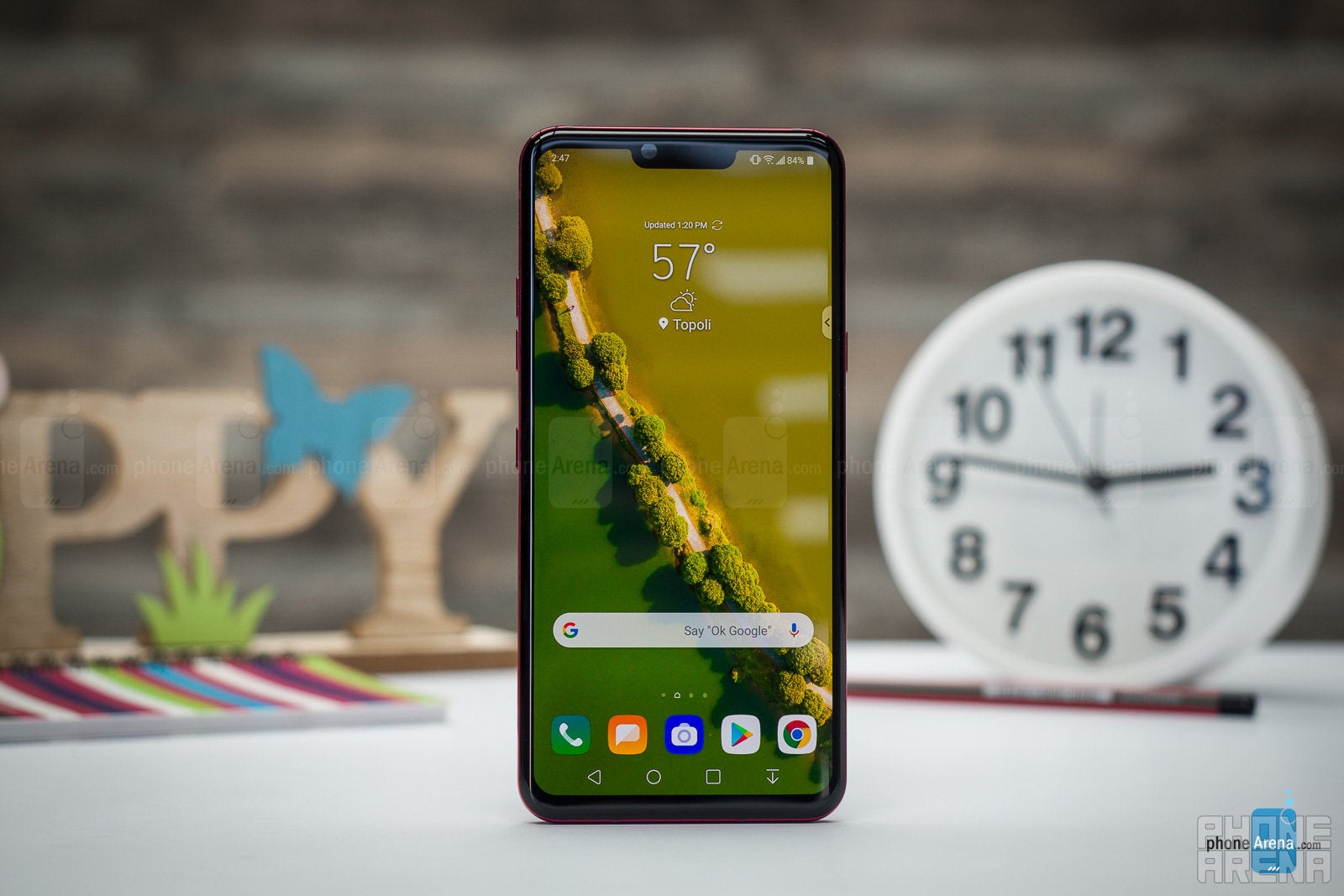
When I picked it up, however, I instantly noticed that the LG G8 is easier to handle than most other phones I've tested recently. It is still extremely slippery, just like every other phone made of glass and metal, but its thick, flat sides allow for a nice, comfortable grip.
Curiously, the LG G8 is one of the very few handsets lacking a camera bump. On one hand, this results in a cleaner look with fewer distractions, but on the other, the entire back comes in full contact with any flat surface you lay the phone on. This could be the reason why there's already a tiny scratch over the camera lens on my review unit, even though its back is protected by the latest Gorilla Glass 6.
LG introduced us to the dedicated Google Assistant button with the G7. The G8 has one as well, placed on its left side, and it behaves in a similar fashion: pressing it once brings up the Assistant; pressing and holding lets you interact with Google's AI in "Walkie Talkie" mode. The button can be disabled fully or partially but can't be remapped to do something else, such as to open a predefined app. Accidental presses do happen, but they were rare in my experience.
Fingerprint reader, Face Unlock, Hand ID
Yup, there are three different methods of unlocking the LG G8 using biometric authentication. On its back is a classic fingerprint scanner which is fast, reliable, and familiar. There's also Face Unlock, which uses the LG G8's Time of Flight Z Camera module on the front. Long story short, the face scan creates a detailed 3D map of your face, making it impossible to fool with a picture of video of the phone's owner and very difficult to circumvent overall. And Hand ID uses the same array of sensors to recognize you by literally scanning the unique pattern created by the veins in the palm of your hand.
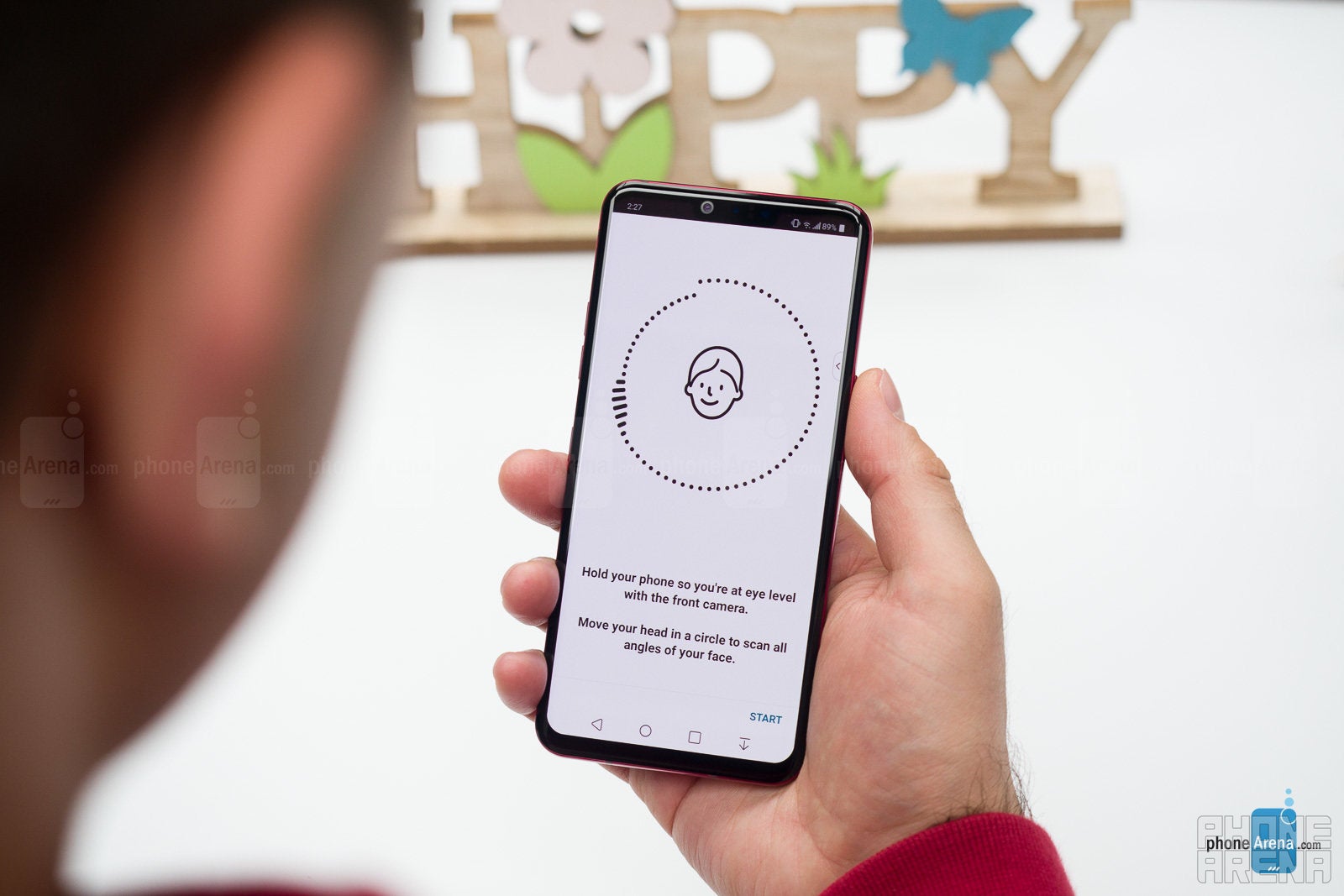
The LG G8 supports Raise to Wake, and I've had it enabled throughout all of my testing. It doesn't work every single time, but it's not terribly unreliable either. There's also a Swipe to Unlock option which you can activate for Face Unlock. I have my G8 set to unlock instantly if I use the fingerprint scanner, but I use Face Unlock instead if I want to go through my lock screen notifications first, then I swipe to go to my home screen.
And finally, there's Hand ID, which is supposed to let you unlock your G8 without touching it – when it is laying flat on a table, for example. The best thing about this particular authentication method is that it is highly secure and extremely difficult to bypass. Unfortunately, it is too unreliable in its current state to be practical. The reading would fail if your palm is too close or too far from the screen (6 inches is the sweet spot) or not exactly over the Z Camera sensors. I tested it after washing my hands without drying them and it didn't work at all.
Display
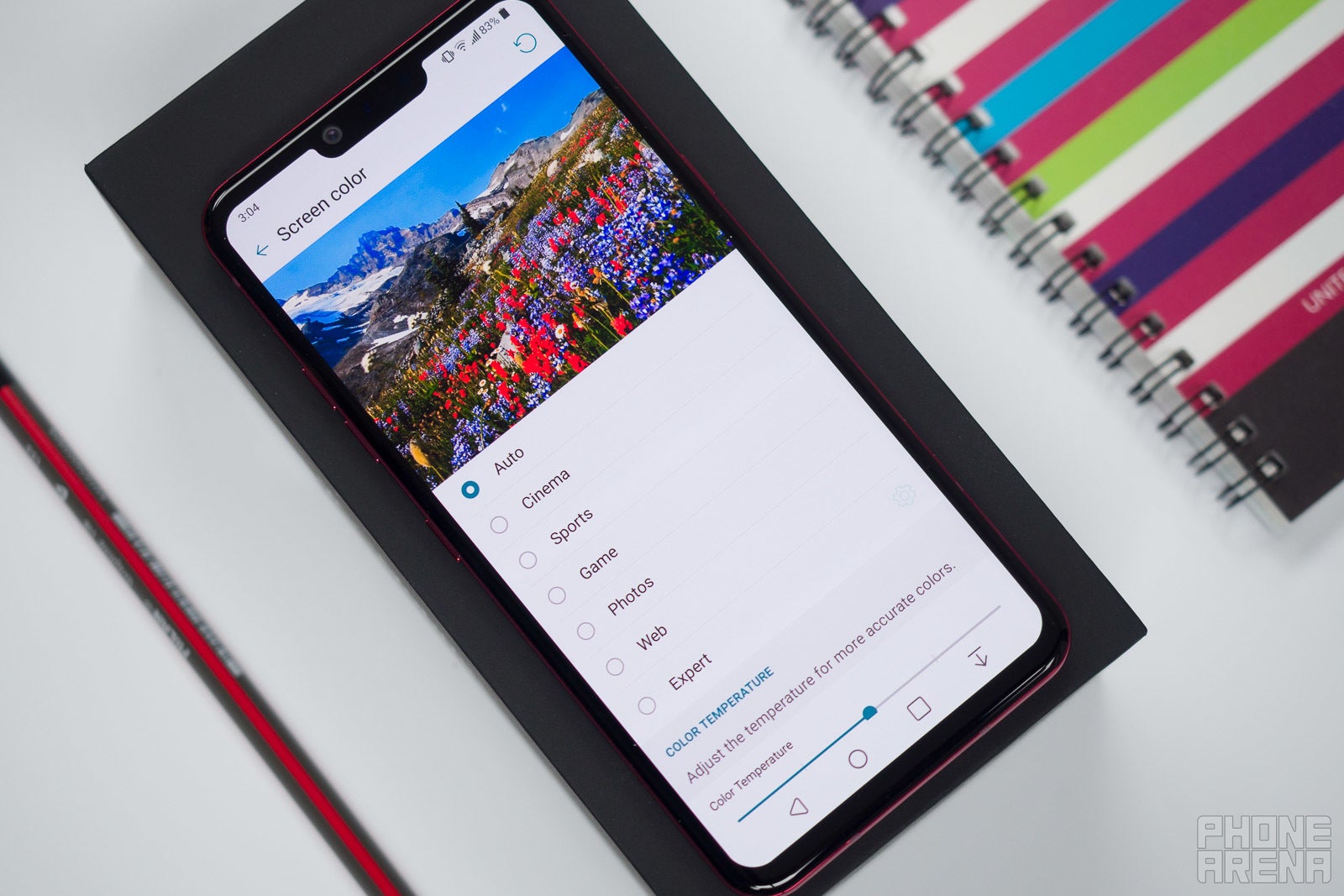
Software and interface
The LG G8 ThinQ comes with Android 9 Pie out of the box – the latest Android version available. Unfortunately, many of the functional goodies found in Pie, including Digital Wellbeing, haven't been implemented in LG's custom software. The only major Android 9 feature I found was Google's gesture-based navigation, which is disabled by default. I gave it a chance but quickly found out that it isn't the best gesture-based solution on Android. You don't gain any screen space and using Google's gestures instead of classic buttons doesn't feel any faster.
There are certainly things to like about LG's custom Android interface. For example, it lets you disable the app drawer and have all app icons placed on the home screens instead, iOS style. And the fingerprint reader at the back can be used to bring down the notifications panel with a swipe. Familiar features like Comfort View (a blue light display filter), Always On Display (the time and notification badges are shown on the screen during standby) and the Floating Bar (an always-accessible panel with shortcuts) are also present. And advanced Gaming Controls let you disable alerts or manage graphics quality while playing games.
On the downside, LG's custom interface lacks a Dark Mode – a handy feature we've been seeing more and more often. It could use some visual polish as well – the default theme welcomes you with a choppy and annoyingly long unlock animation (which you can change or remove, thankfully).
Air Motion gesture controls
Air Motion is a unique LG G8 feature that lets you perform certain actions without touching the phone at all. Commands are given using hand gestures picked up by the Z Camera. You can set shortcuts to two apps, you can control audio volume or play/pause media in apps like Spotify, Netflix, YouTube, or the stock music player, you can take a screenshot, and you can dismiss alarms or pick up/reject calls.
Processor and memory
Powered by a Snapdragon 855, the LG G8 is among the fastest Android phones right now, and performance benchmark results reflect that (all performed at the default, 1080p display resolution). As expected, heavy games run without issues. The only time I noticed choppiness was during the start of a game of PUBG at high graphics settings.
The user interface, however, does feel laggy from time to time. 6GB of RAM are certainly enough for most users' needs, but when launching apps or bringing up the recent apps list, for example, I've been noticing delays more often than what I'm used to. Last night, the Camera app literally took about four seconds to open. Overall, the LG G8 is fast enough most of the time, but it doesn't run as smoothly as some of the fastest phones around, such as the Google Pixel 3 and the OnePlus 6T.
Camera
The LG G8 version launching in the US has a dual camera at the back. One is a regular 12MP camera with fixed F1.5 aperture and OIS, while the secondary one is a 16MP shooter with a super wide-angle lens. It's a setup similar to what we had last year on the LG G7. In certain parts of the world, including South Korea, the G8 will have a third camera with a 2x telephoto lens.
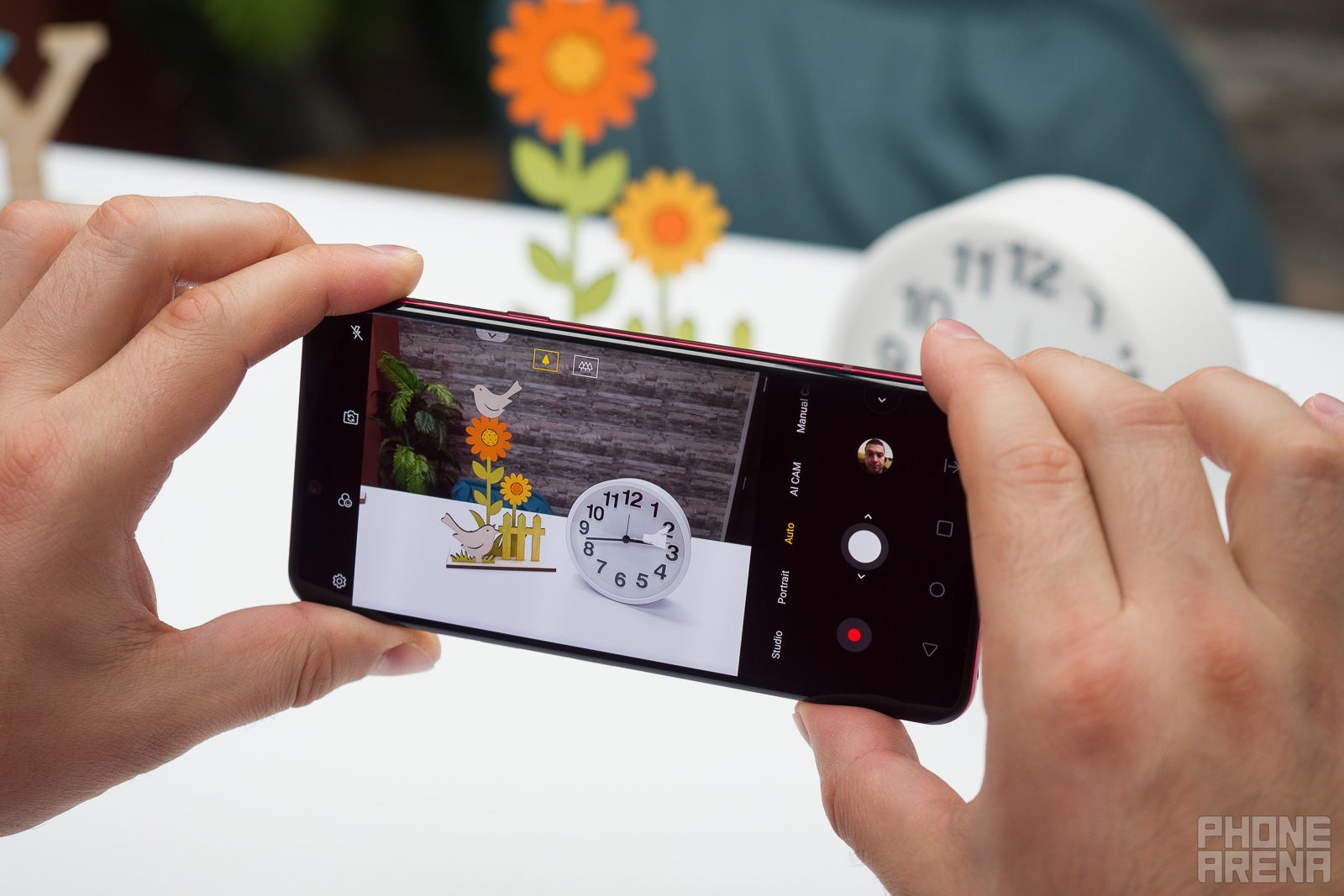
It must be pointed out that the app feels a bit sluggish at times: it can take a few moments to launch or switch from one mode to another. It's not bad in terms of responsiveness, but we're used to camera apps being generally faster. You can zoom in or out by sliding the shutter button, which sounds neat, but when tapping, it is easy to accidentally zoom in or out instead of actually taking the picture.
Image quality
The good news is that the LG G8 is well capable of taking pretty photos. I had the chance to test its cameras extensively during a short trip out of town, and the results were very pleasing overall. There are no AI modes or image enhancers enabled unless you activate them manually, so Images retain their natural look, with mostly true-to-life colors. But details could be better. Zooming in reveals signs of aggressive sharpening and heavier noise filtering in low-light situations.
Selfies
The LG G8 has an 8MP front-facing camera with autofocus. Selfies look good when shot during daytime, but detail starts to suffer when shooting in low light, as it would with any other camera. It is common for low-light selfies to come out a tad blurry. General image quality is comparable to what you'd get out of the Galaxy S10.
Thanks to the Z Camera, the G8 is also capable of applying Portrait and Studio modes to your selfies. The Spotlight studio effect appears to be particularly useful as it may light up your face from a certain angle in case ambient light isn't optimal. But when it comes to edge detection, the camera's performance could be better.
Video
4K video at 60fps – that's the maximum quality setting allowed by the G8's main and wide-angle cameras. However, I would recommend using 4K at 30fps instead for a couple of reasons. Firstly, image stabilization works really well only at this quality setting. Secondly, only at 4K30 you can switch between the main and wide-angle cameras while shooting. 4K60 doesn't let you switch between cams once the video is already rolling.
While video quality is good in general, the audio could sound better. There appears to be a wind noise filter which activates automatically. Although it does limit noises, it makes voices sound harsh.
Speakers and sound quality
If you take a closer look at the LG G8's notch, you'll notice that there's one thing missing – an earpiece. That's because the screen itself acts as a speaker and vibrates to produce sound. Sound quality during calls is really good, with voices coming through loud and clear.
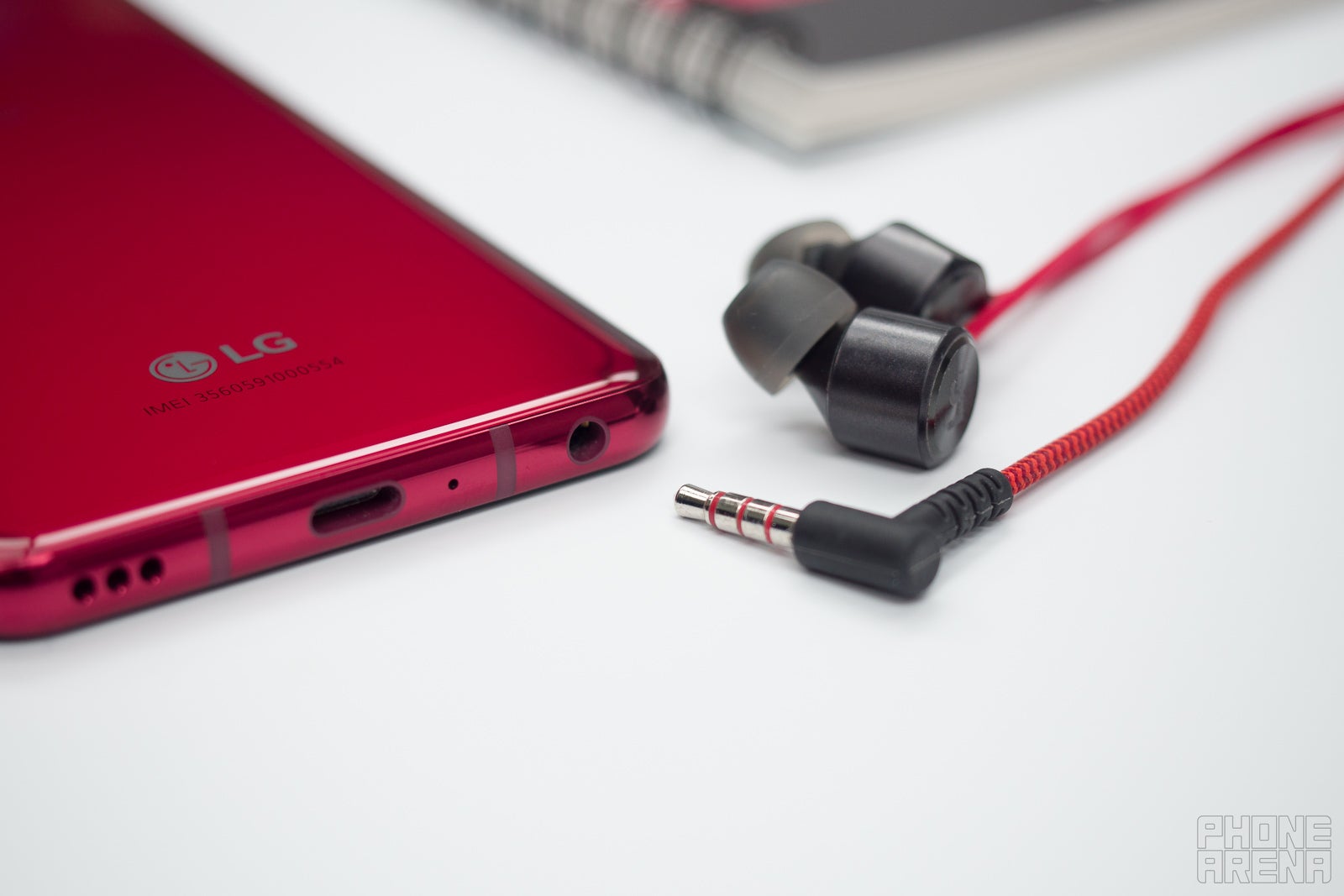
As we mentioned earlier, the LG G8 has a headphone jack. However, our T-Mobile review unit didn't come with a pair of earphones in the box. Since the G8 comes with LG's Quad DAC, it should have no problems driving audiophile-grade, high-impedance earphones.
Battery life and charging

Wireless charging is supported by the LG G8. If you choose to charge the phone with the old-fashioned charger in the box, this will take about 1 hour and 40 minutes, which isn't a remarkable figure, but it's not too slow either.
Conclusion
At $850, its suggested retail price, the LG G8 would have been tough to recommend. That's about as much as a Galaxy S10 costs right now, and Samsung's flagship is superior in a number of ways: it has a more versatile set of cameras, it runs a more polished custom software, and its stereo speakers sound noticeably clearer.
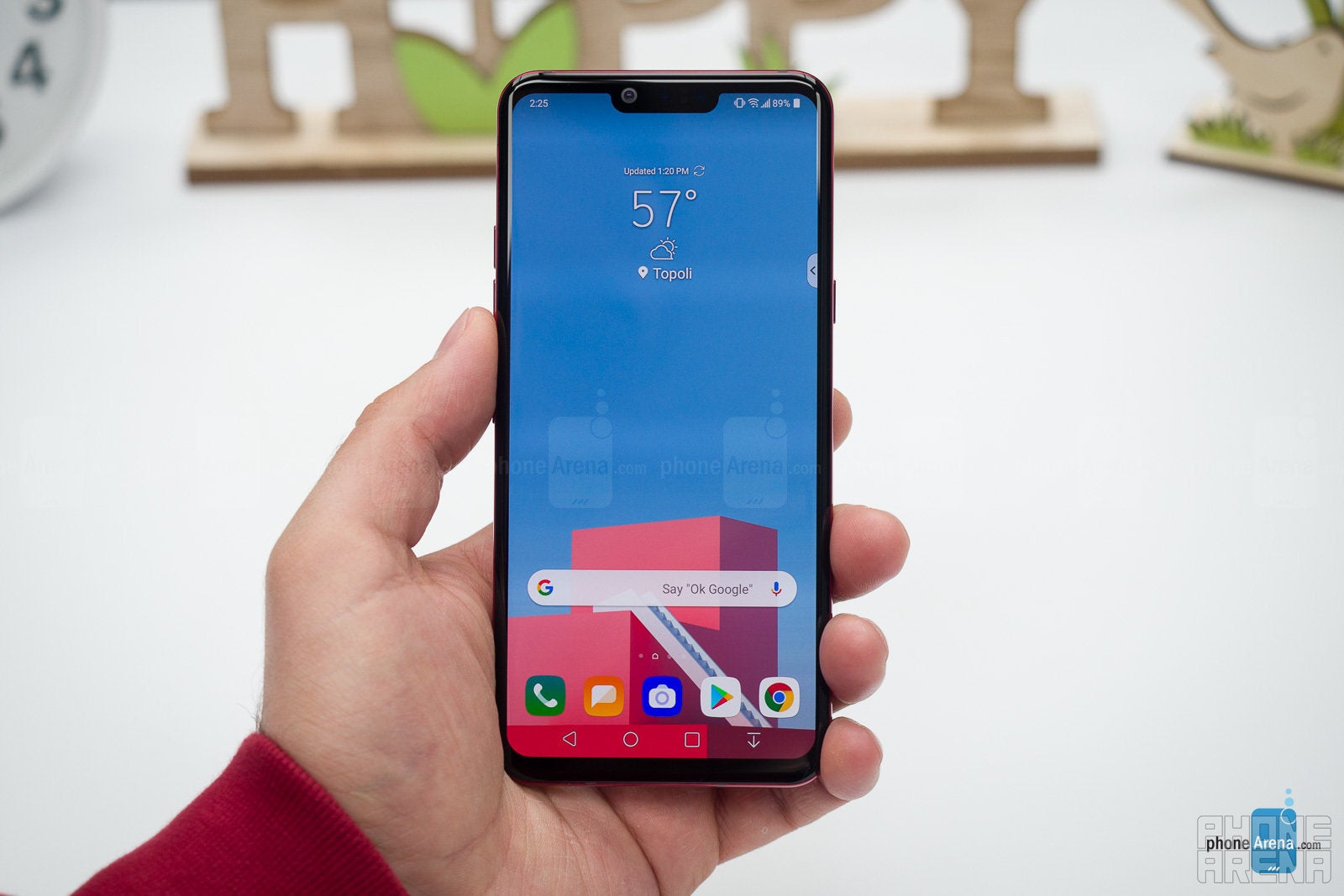
The G8, however, can be currently had for just a little over $600, which is significantly less – and a fair price considering what you get in exchange: a well-rounded Android phone with a good-looking screen, the fast Snapdragon 855 chip, and a capable set of cameras. We're also glad to see that LG stuck with a classic fingerprint reader and paired it with reliable facial recognition. In-screen fingerprint readers may look cool and futuristic, but they're simply not good enough yet to prefer over a classic solution.
What I find perplexing is that LG chose to launch the G8 with Hand ID and Air Motion gestures instead of scrapping these ideas while they were still on the drawing board. Both these features feel half baked and largely unnecessary, not to mention that featuring such gimmicks so heavily in promotional materials could have an alienating effect on potential buyers.
Long story short, the LG G8 is a decent Android phone at a reasonable price. Do check it out and don't pay attention to the distractions.
Follow us on Google News
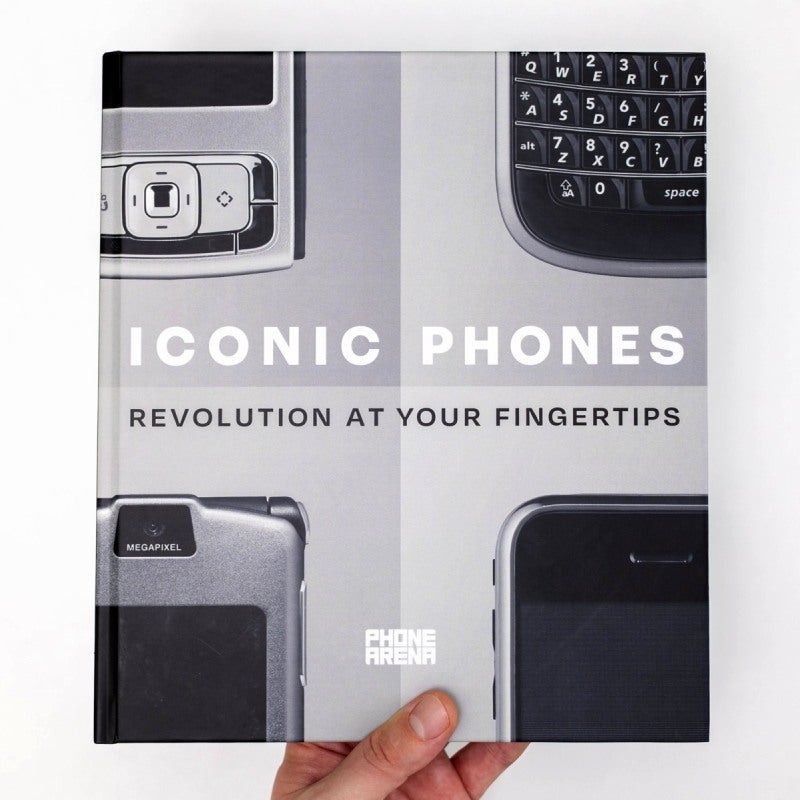
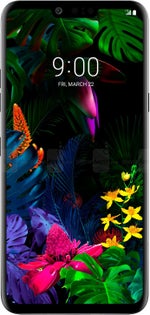
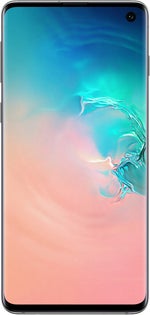


















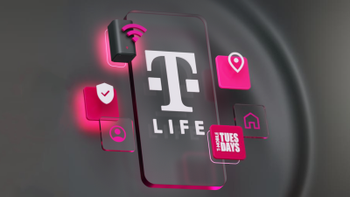
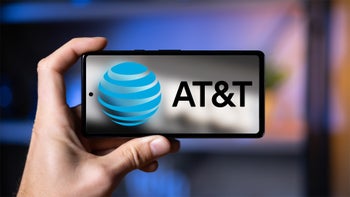

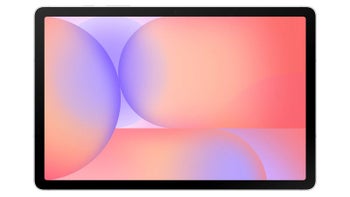
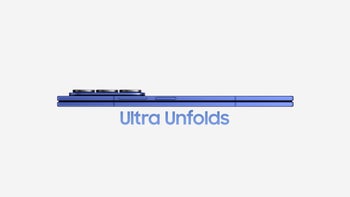
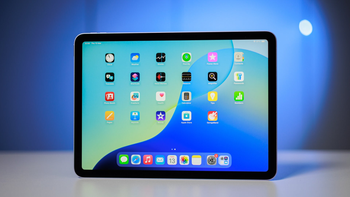
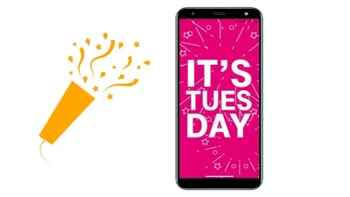
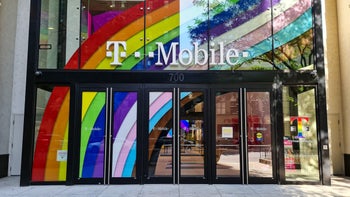
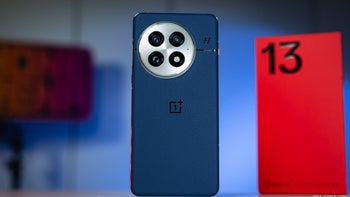
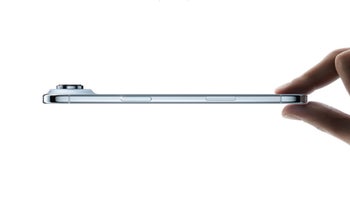
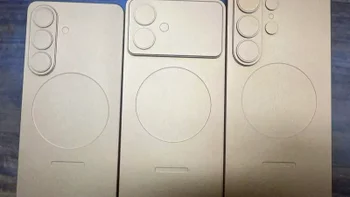
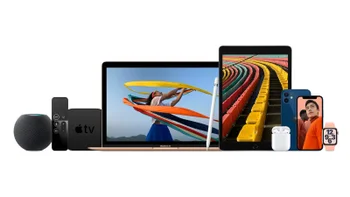
Things that are NOT allowed:
To help keep our community safe and free from spam, we apply temporary limits to newly created accounts: